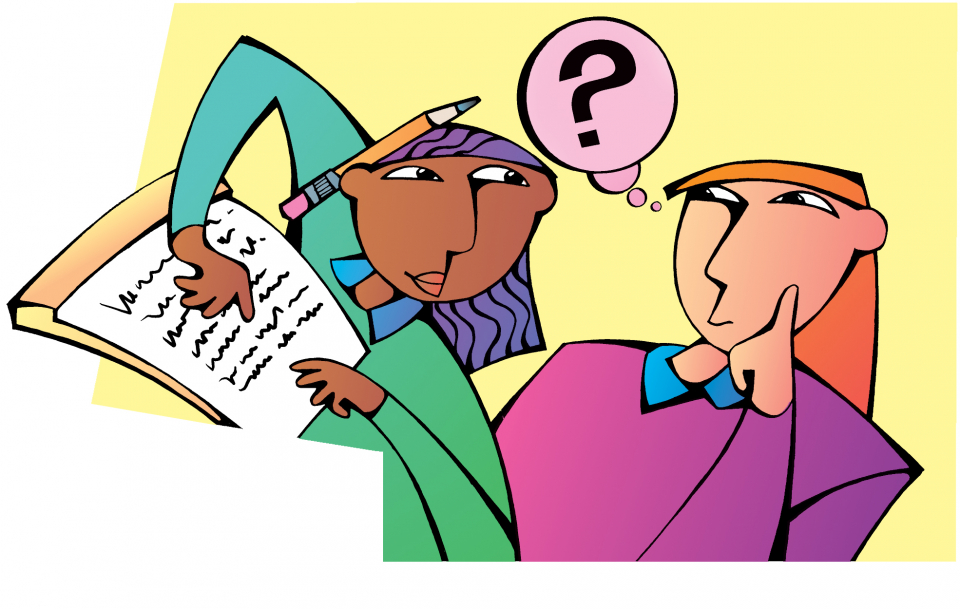
It takes a special soul to want to teach teenagers. How often have you heard, "I'd never want to teach middle school!"?
I personally love that age. Teenagers haven't yet figured out who they are, so if I can teach them something that empowers them, they grab onto it and transform before my very eyes. They are so full of energy and potential that, given a meaningful direction, they will launch themselves toward a goal or endeavor.
Of course, without a meaningful direction, teenagers can also explode on the launchpad.
What's going on in that head of yours?
A recent article in Edutopia explains why teens can be so volatile. In "Decoding the Teenage Brain (in Three Charts)," Stephen Merrill points to a difference in development between two key parts of the brain. "Brain scans seem to indicate that the limbic system—the brain’s reward system—is mature and firing on all cylinders in teenagers, while the prefrontal cortex, which is responsible for things like self-control, planning, and self-awareness, is still busy developing."
Neurologist Sarah-Jayne Blakemore explains this difference in her book Inventing Ourselves: The Secret Life of the Teenage Brain: “One major theory of adolescent development is that there is a mismatch between these two systems. The limbic system, which gives you the rewarding feeling of taking risks, is structurally more developed before the prefrontal cortex, which stops you from taking risks.”
This mismatch makes self-regulation challenging for teens, and peer pressure pours gasoline onto the risk-taking fire. In Age of Opportunity: Lessons from the New Science of Adolescence, Laurence Steinberg says that peer interactions “light up the same reward centers that are aroused by drugs, sex, food, and money.”
How can I help my students self-regulate?
First of all, recognize the amazing energy and potential in your students. Teenagers can tell if you really see them, rather than just look at them (or, worse, look through them). Until you can see the wonderful, flawed people before you, you can't effectively teach them.
Once you connect with students, you can try these simple, free minilessons to help them gain strategies for self-regulation.
- Strategy 1: Teach students about their brains. Just as we help students understand how puberty changes their bodies, we should help them understand how it changes their minds. Teach "Understanding the Parts of the Brain." Then discuss how the reward center (the limbic system) is fully developed in the teenage brain, which is why teenagers experience emotion so profoundly. Afterward discuss how the prefrontal cortex is still rapidly developing—the spot that is transforming them from 13 year olds to adults.
- Strategy 2: Help students connect with their emotional centers. Instead of repressing students' feelings, we should recognize them and help students understand them. Teach "Checking the Emotional Thermometer" to give students a quick way to gauge the intensity of happiness, sadness, hurt, anger, love, or other feelings. Then discuss how feelings aren't right or wrong—they just are. The right or wrong part comes into play when people choose what to do with their feelings.
- Strategy 3: Teach the 5-5-5 breathing strategy. Given that emotions are more intense during the teenage years, students need strategies that help them manage stress, anxiety, anger, and other intense feelings. Teach "Using 5-5-5 Breathing to Calm Down." Afterward, ask students to share stories about situations in their day so far (or yesterday, if it's first hour), when they could have used such a strategy. Have them watch for situations that arise later in the day and try 5-5-5 breathing.
- Strategy 4: Promote positive self-talk. If a student is feeling bad, persistent negative thoughts can create a downward spiral. Help students recognize these thoughts, stop them, and replace them with positive thoughts—a first step in self-regulation. Teach "Using Positive Self-Talk." Discuss how this strategy helps break a negative fixed mindset and develop a positive growth mindset.
- Strategy 5: Help students set goals. Self-regulation begins in the moment, with recognizing moods and dealing with them appropriately. Self-regulation, however, can also grow into the future. Teach "Setting and Reaching Goals." Discuss how students can set goals in school and beyond. Ask them to think about who they want to become in one month, one year, and five years. Then ask them what doable steps they can take in the short term and long term to reach their goals.
Back to the Launchpad
You've probably heard adults complain that "Youth is wasted on the young." That's because teenagers often have boundless energy and little self-regulation.
But it doesn't have to be that way. Since we've chosen to teach these amazing young people, we need to help them understand their developing brains and teach them strategies for finding direction. Yes, teenage energy without focus is a frightening thing. But teenage energy with focus can change the world for the better.
Check out more social-emotional learning resources, minilessons, and SEL guides for elementary, intermediate, and middle school.